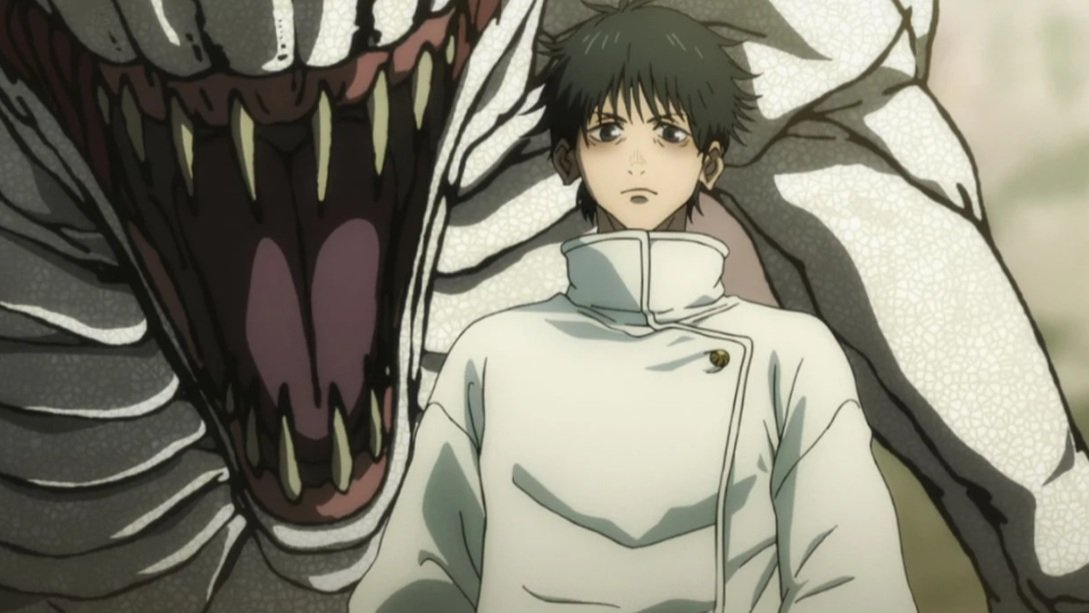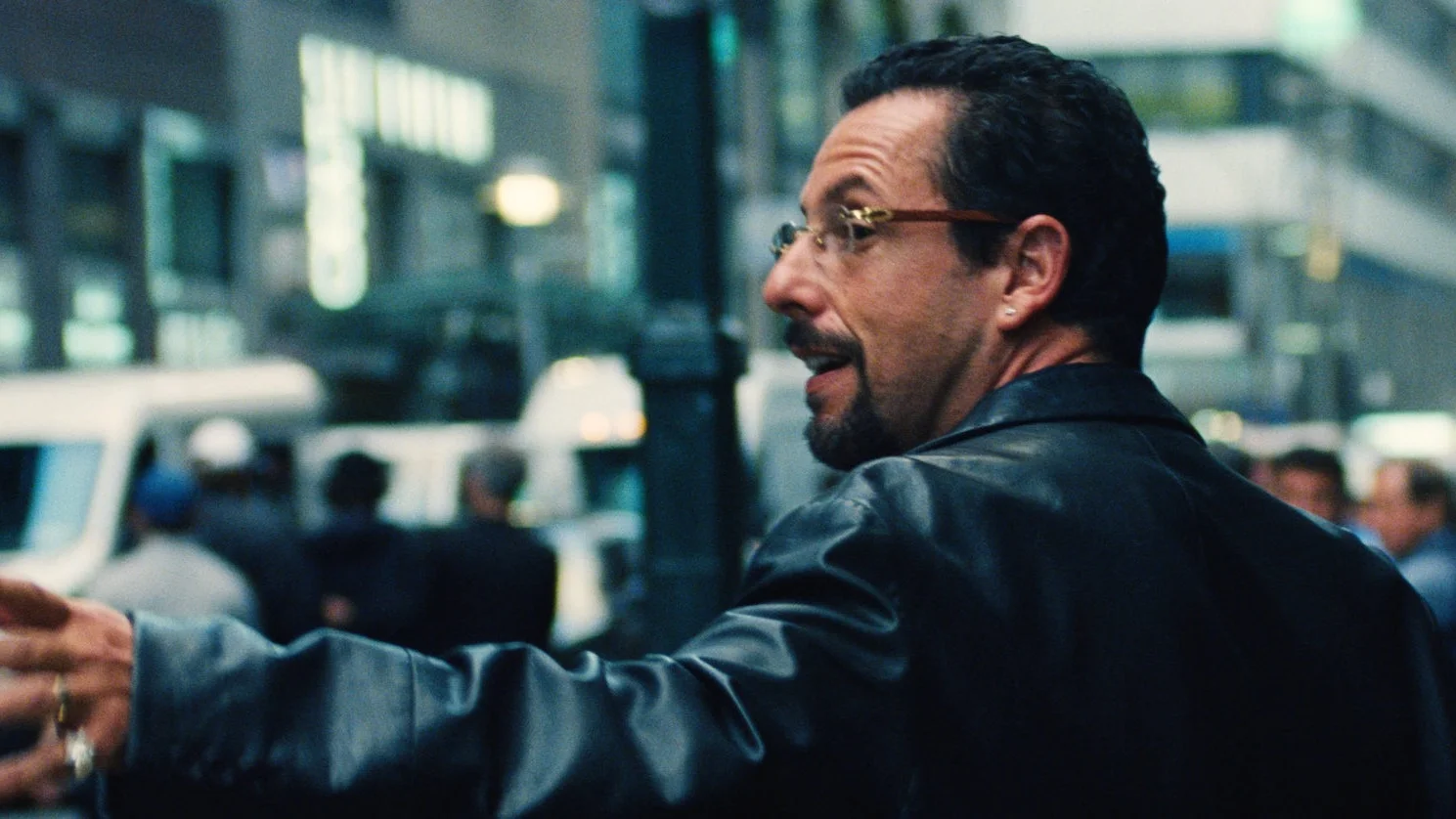Sidewalk Fest 2019: Midsommar - Director's Cut
When I saw the Theatrical Cut of Ari Aster’s Midsommar around two months ago, the film immediately rose to the top of my 2019 list. The film is challenging, trippy, and immersive in a way few others achieve, while also having a solid narrative and themes about relationships, grief, and dependency that resonate with many viewers, myself included.
While Midsommar affected me deeply on an emotional level, I could tell that there were a few plot holes left and a few things that weren’t set up quite right in the shorter version of the film. Little details here and there didn’t fully make sense, but these were easy to write off due to the innately off-putting atmosphere and nature of the film. After all, we’re talking about a cult commune where they blindly follow a nonsensical tradition based on the writings of madmen. Still, the puzzle was missing a couple pieces, and while they weren’t the most important ones, you couldn’t see every little detail of the full picture.
However, Aster’s Director’s Cut gives more time to three different aspects of the story: the traditions of the people of Hårga, the thesis subplot, and the godawful relationship between Dani and Christian.
Firstly, by exposing the audience to more of the traditions of Hårga, Aster provides just enough detail to somehow both humanize the followers more while making them considerably more creepy. Upon the arrival of the American characters, we quickly see a new meal and ritual song. There’s more context regarding the eternal fire that is kept lit in the center of Hårga, where bodies are later burned after the ättestupa ritual.
The most substantial addition by far is a new nighttime ritual. Prior to this scene, Christian meets up with Maja and Ulla, who are decorating a special tree for later that night, when it is thrown into the river as a symbolic gesture to their god. But, in this nighttime sequence, a child steps forward to be sacrificed as well, decorated in the same way as the tree. The scene shows that the Hårgans are capable of some restraint, with regards to violence. They clearly would not allow the death of their children, as they do not follow through with the ritual with this child. While this story point could serve to make them seem a little more normal, the sacrifice is still carried out with another victim later. This sequence provides context for Connie’s later offscreen death; the pine garland and ornaments decorating her drowned body are identical to the child’s in this new scene.
The additional context around the people of Hårga is definitely beneficial, if you’re the kind of person who likes additional details and worldbuilding when you can get it. The extra sprinkling of more information reminds that there’s a lot we don’t know about these people still. We’re only seeing a couple days of this nine-day festival, and we have no idea what their actual non-festival day-to-day life is like. These villainous characters are made all the more mysterious as you learn more about them, and there’s something wonderful and terrifying about that.
Aster’s new cut also adds a lot more discussion about Josh’s thesis. There’s some discussion about the matter in the car on the way north from the airport, then more in the new meal scene upon their arrival. These scenes ease the viewer into the thesis drama between Josh and Christian, whereas in the Theatrical Cut, this comes a little out of nowhere. Now, these new scenes provide more context and background, even before the new extended version of their argument. The furtive, worried glances that Josh throws Christian’s way every time his interest is piqued by some new and horrifying tradition suggest something lurks in the background of their relationship, and that something comes to a head in the extended version of their argument about thesis ownership.
This new version of the fight comes immediately after Christian tells Josh that he wants to do his thesis on Hårga. As Josh airs his many grievances, we find out that Christian’s always been riding Josh’s coattails and faking his way through nearly everything he’s ever done. (He apparently doesn’t even know how to use JSTOR properly, which is truly distressing to hear about an anthropology grad student.) Christian was already the villain of Midsommar, but we’re shown that he’s just the worst guy in the world in every aspect of his personality, not just in how he behaves with Dani.
But, man, how that jackass behaves around Dani is just the worst. Their relationship is, of course, rough and frustrating to watch in the original cut, but things only get worse. There’s the extension of their argument after Dani finds out Christian plans to go to Sweden without her. Christian begrudgingly invites her, yes, but not without convincing an emotionally vulnerable Dani that he was going to surprise her with this romantic gesture and that she’s to blame for ruining that. While almost every scene between Dani and Christian ends with her apologizing in some form, Dani dissolves into a long string of repeated “I’m sorry”s that hit with the force of a freight train. After all, what on Earth does she have to be sorry for?
After the nighttime ritual later on, Dani and Christian finally have a fight where they nearly break up on the spot. Dani wants to leave, but Christian wants to do his thesis. Dani points out the poor horror movie logic of thinking these secretive people whose traditions are backwards and unaccepted by modern society would ever trust a couple of grad students with exposing their nuanced beliefs and violent practices, but Christian won’t hear it. Dani apologizes again. It’s not a terribly necessary argument to include, but there is something refreshing about seeing their relationship finally reach a breaking point, even if Dani manages to salvage it one more time.
So, while the new additions to Midsommar are not necessary to enjoy the film, there’s a feeling of completion to the Director’s Cut. The extra lore behind the customs of Hårga provide more detail, and none of it really feels out of place or annoying. The extra detail in the thesis subplot is much better. Even though pacing was cited as the reason for all the cuts to bring down the runtime, the Director’s Cut feels even better in terms of pacing, because the obviously missing pieces are all here.
If you’ve seen either version of Midsommar, try to remember the gorgeous tableau that begins the film. It’s a brief shot, but in the traditional Hårgan drawing, the major story points of the film are laid out. Now, imagine if pieces of this tapestry were cut out or just not included. Would it still be beautiful and a wonderful first shot that synopsizes the film? Absolutely. But is it richer and prettier for filling the whole frame with detail and designs? Definitely. While the future of this version of the film is unsure, with limited theatrical screenings planned and no word on when it will hit home video, the Director’s Cut of Midsommar is definitely critical viewing for those who enjoy the film and want more.














